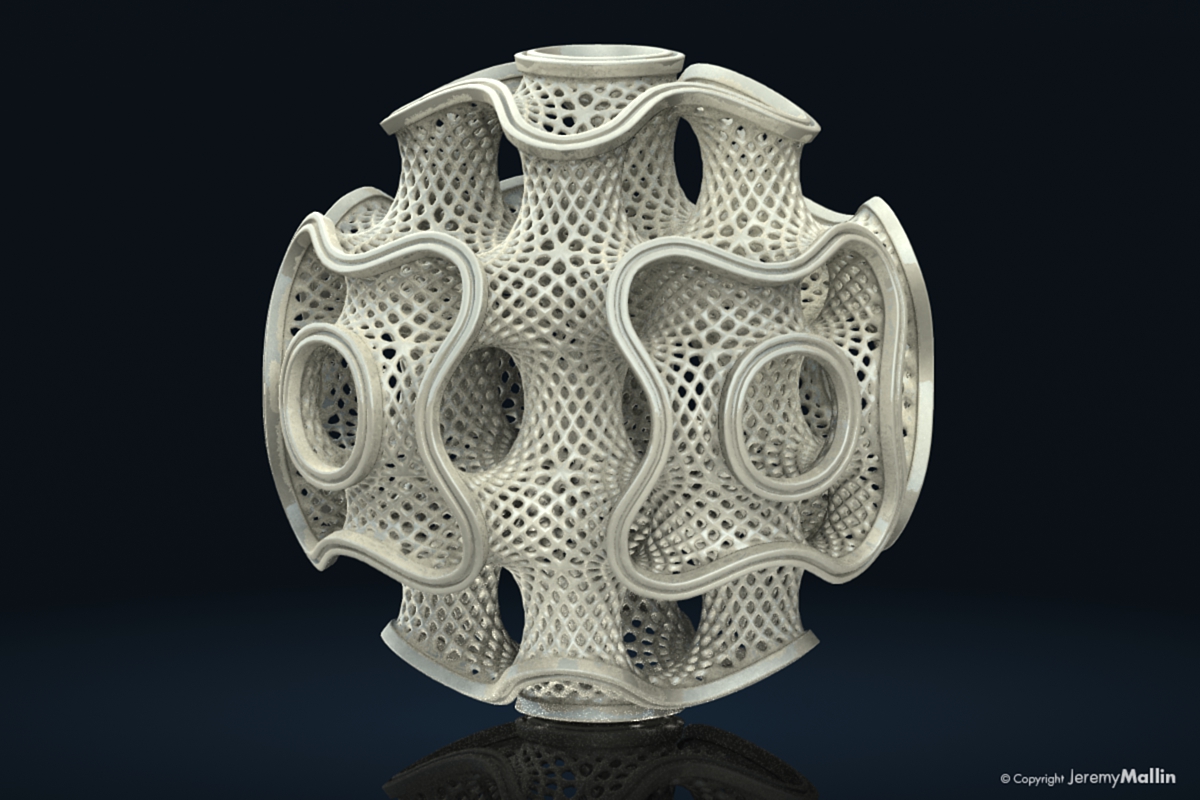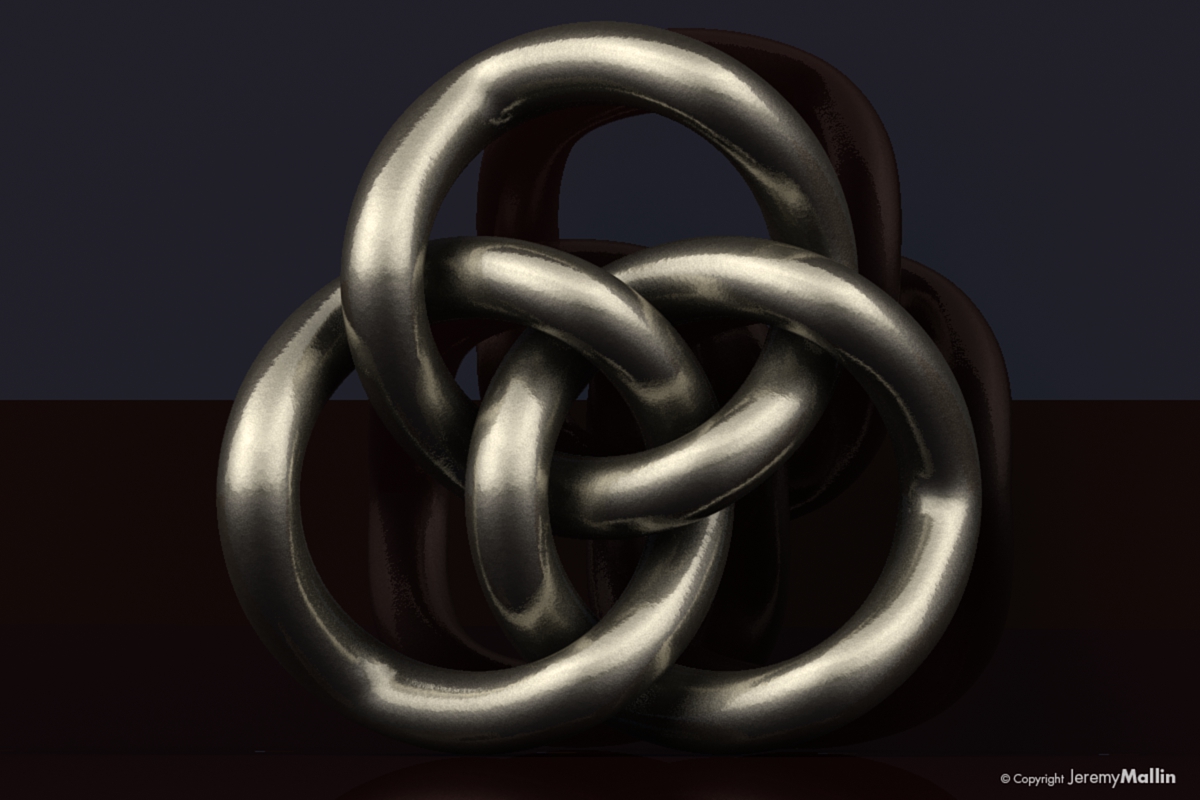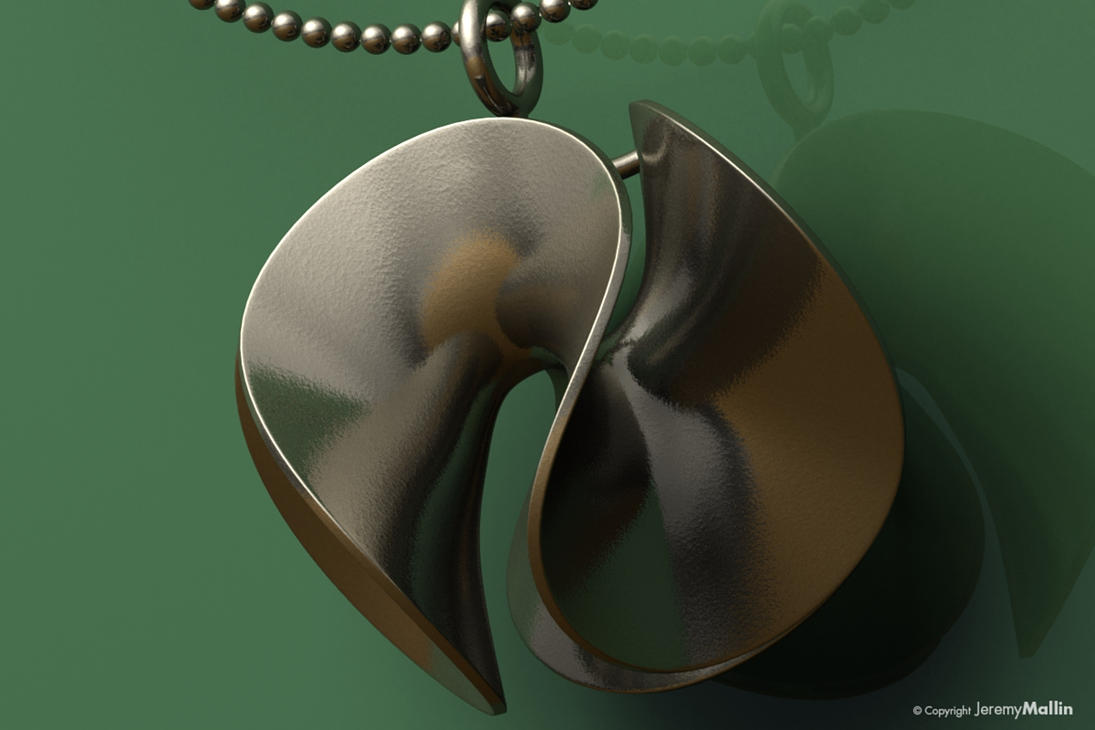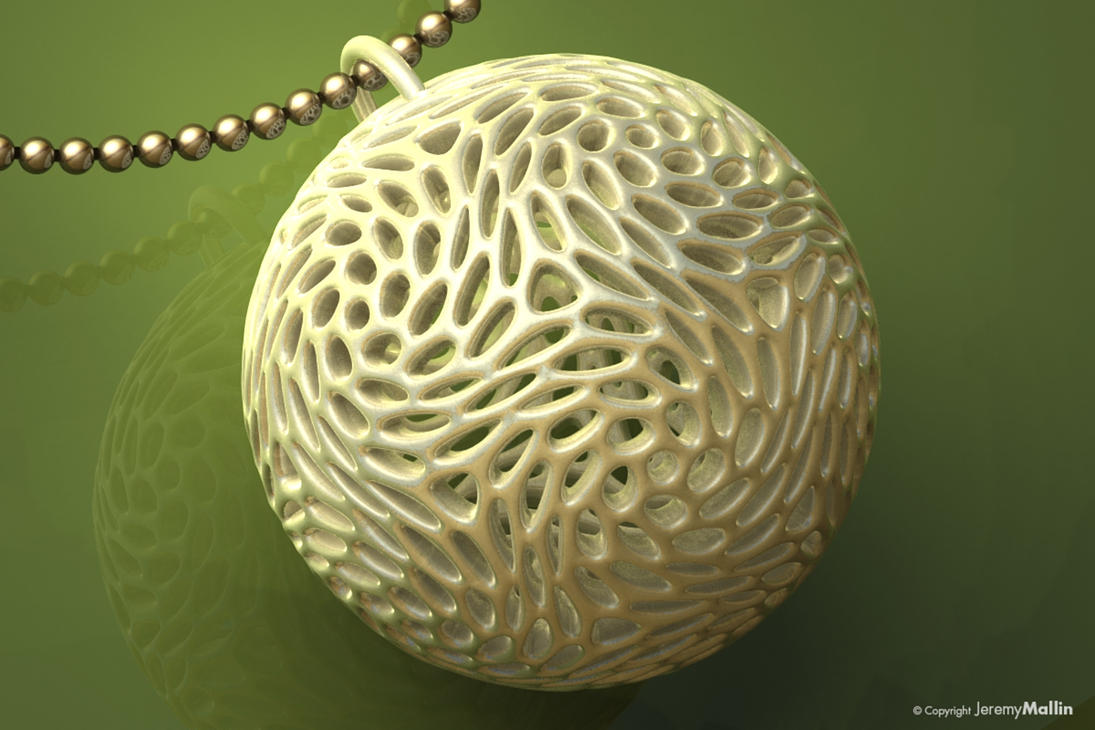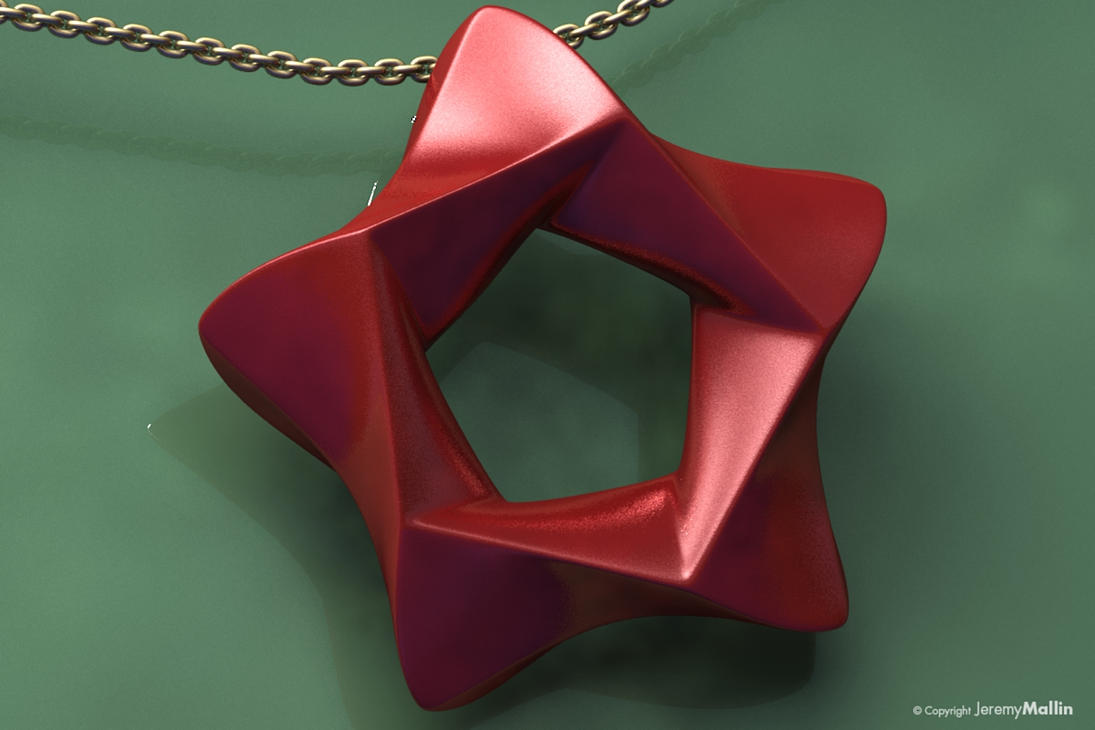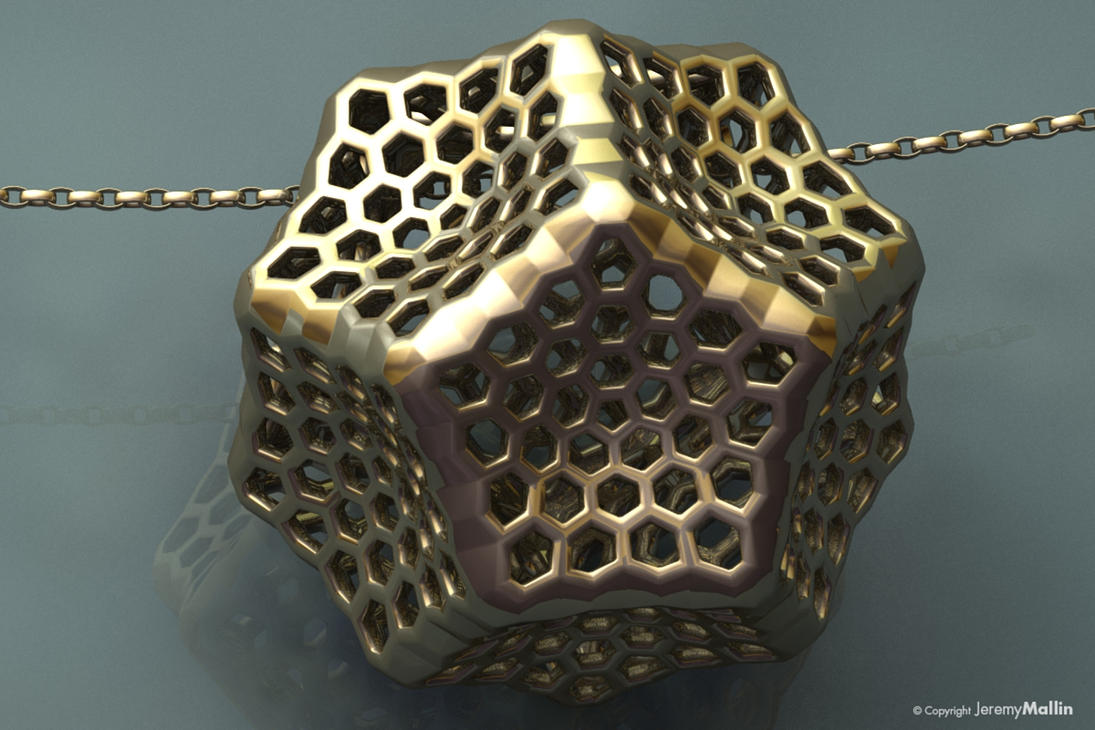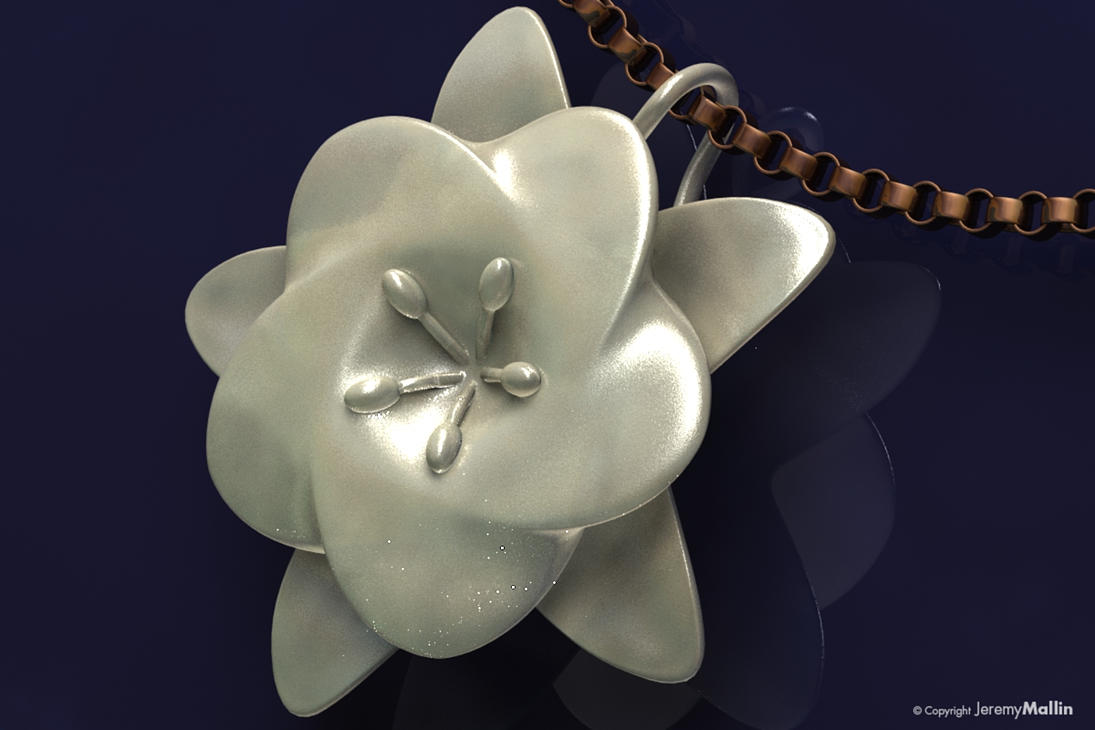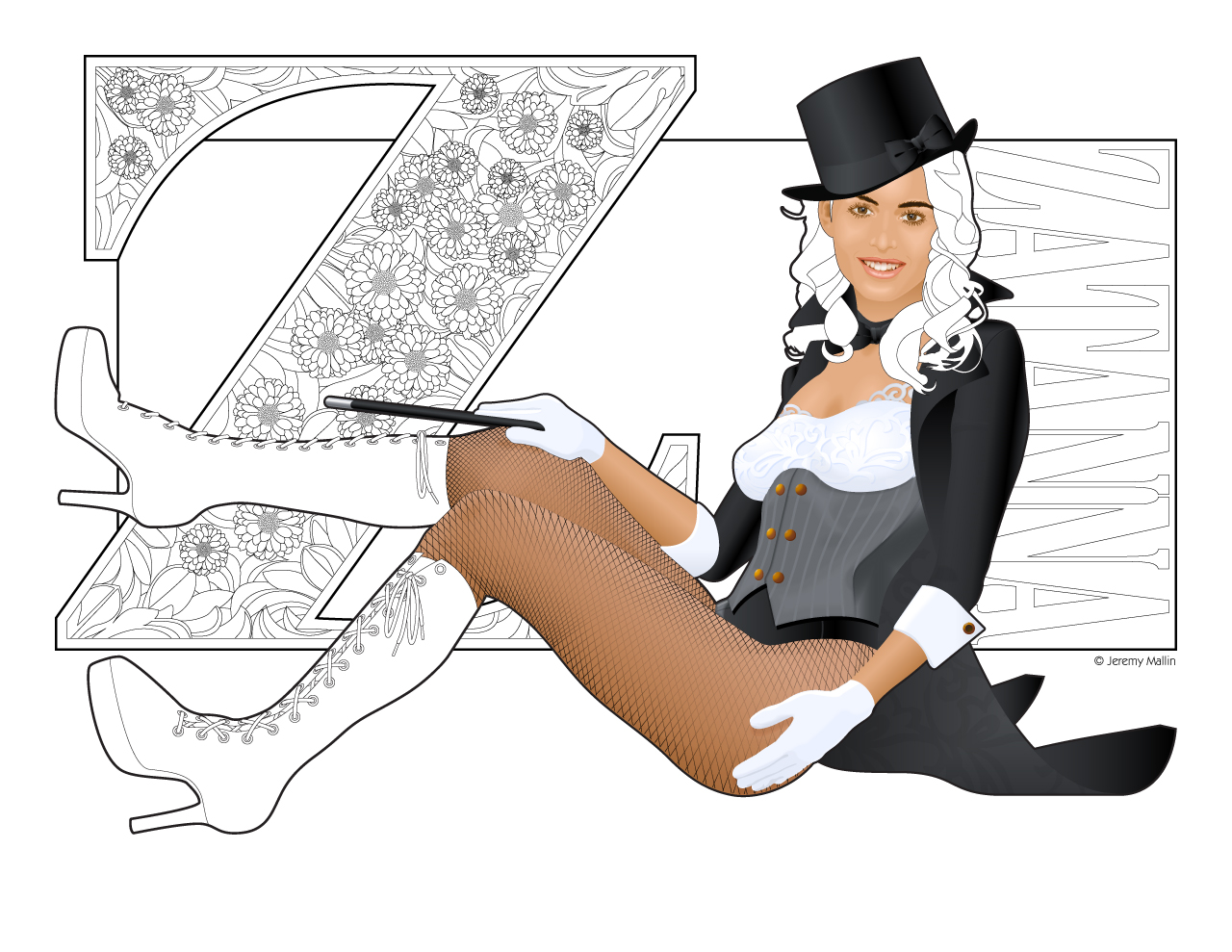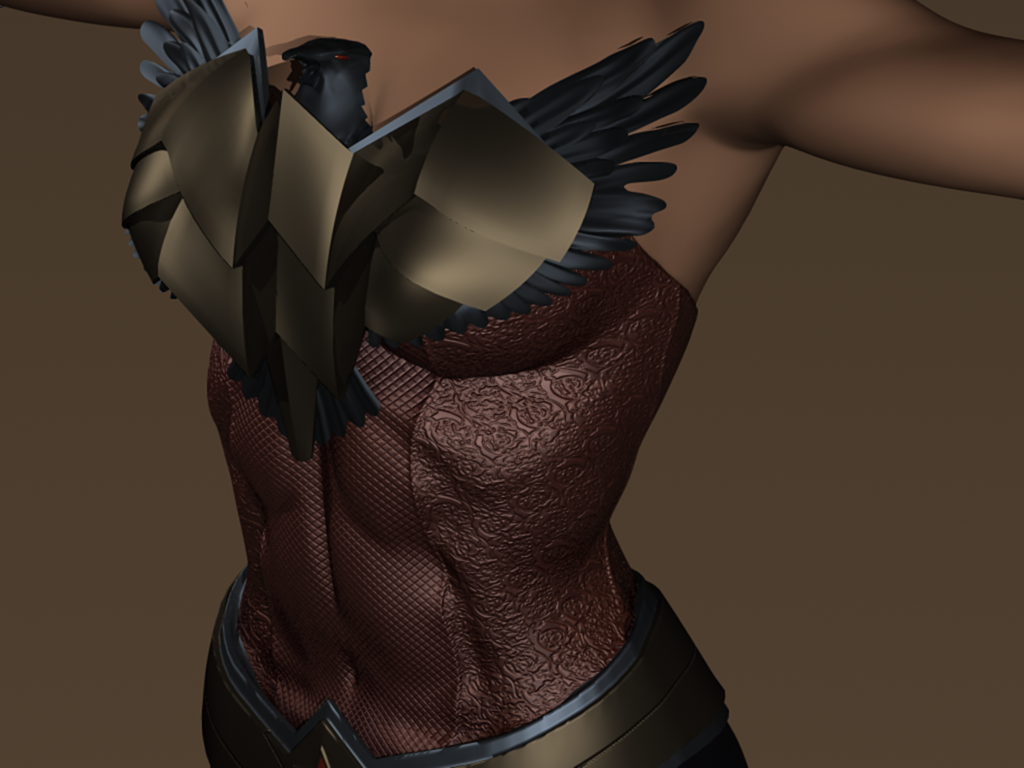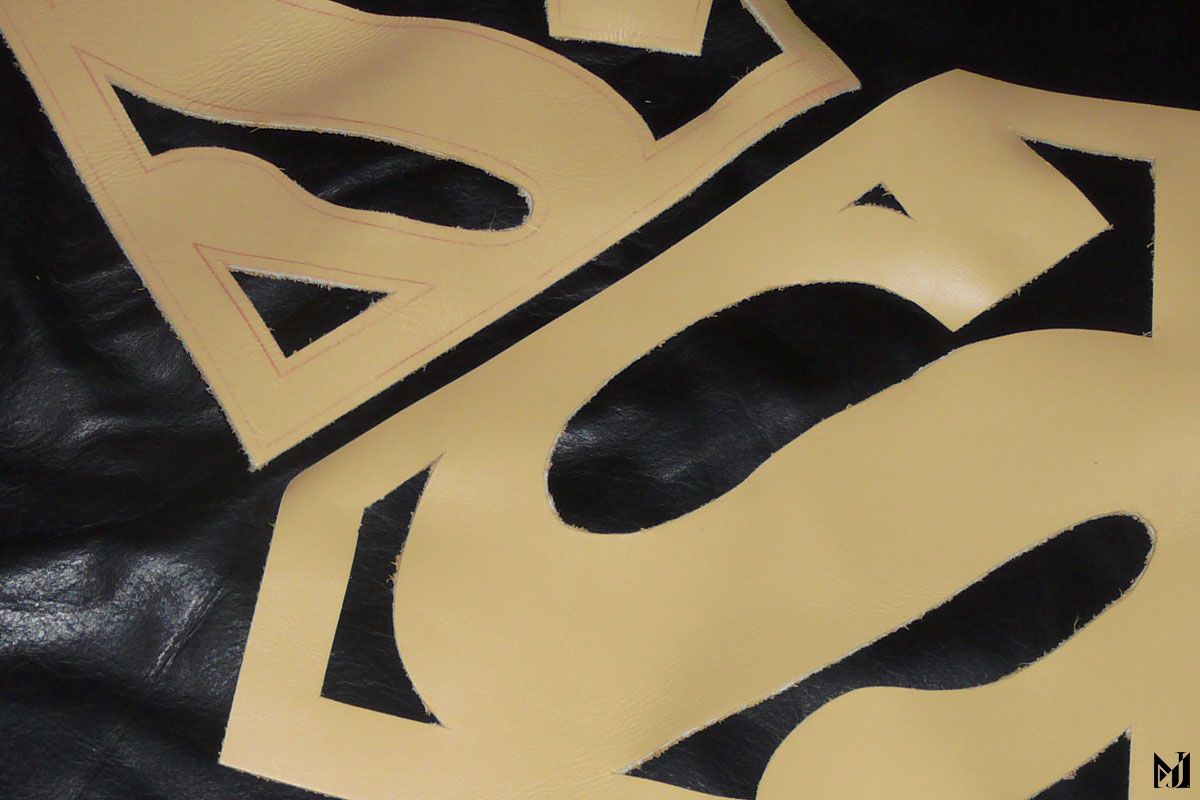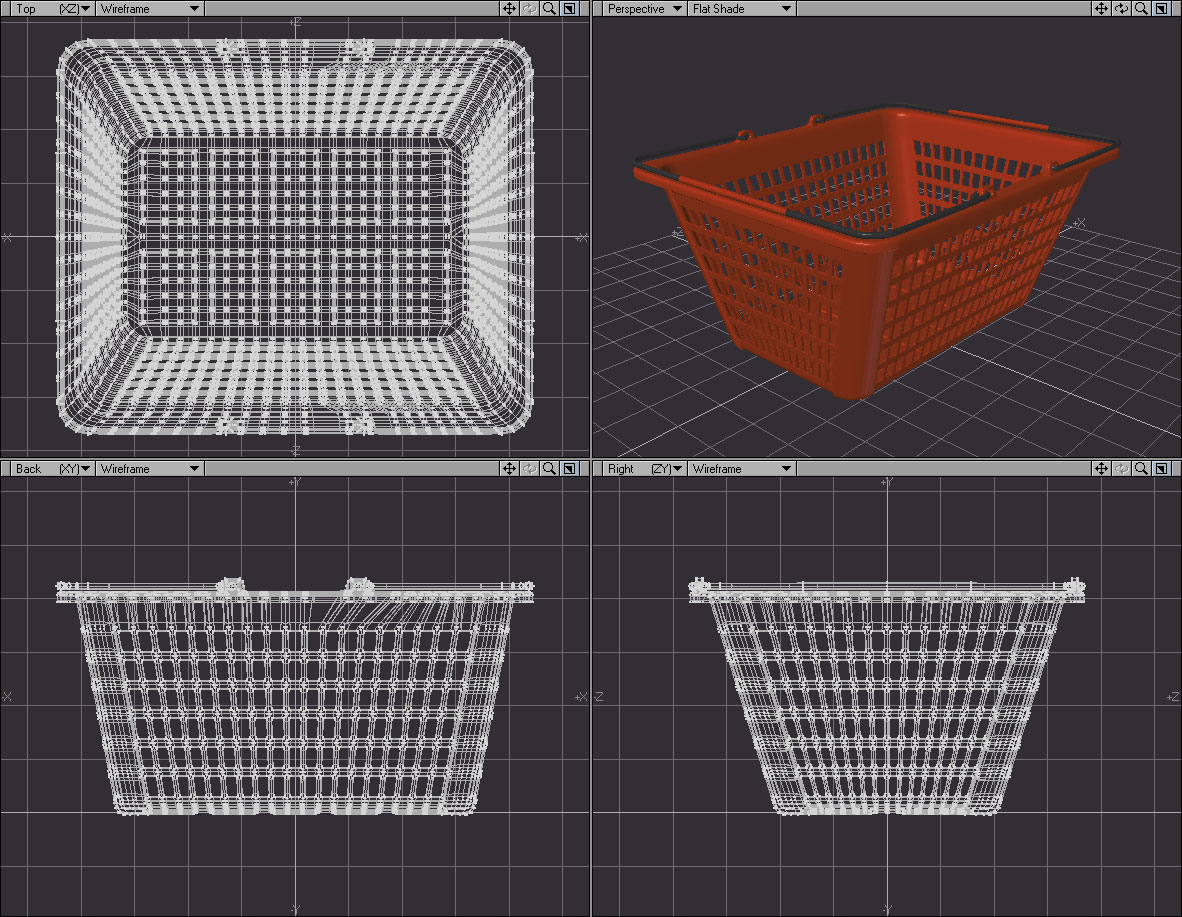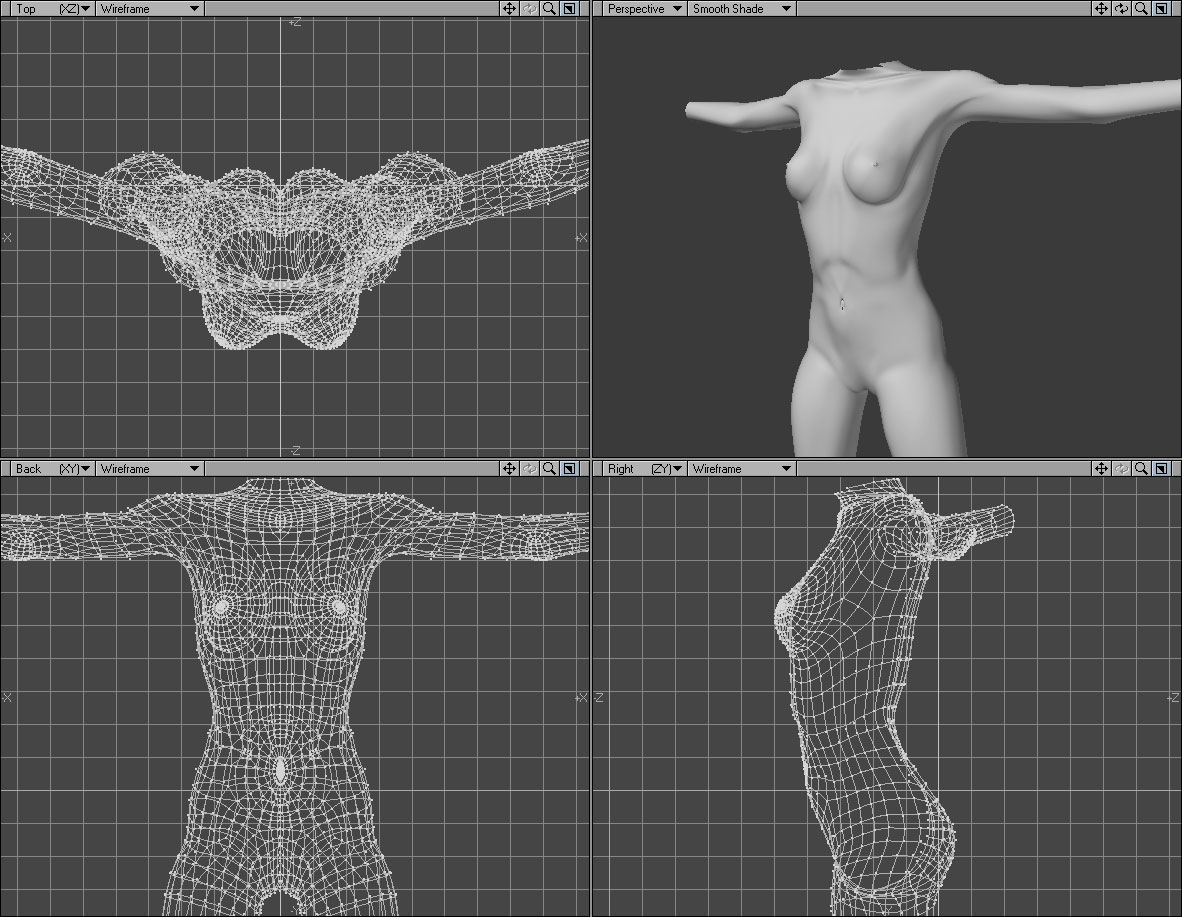What is 3D Printing?
3D Printing is a manufacturing process which builds real, solid objects from digital models found in computer files. 3D Printing has been around for decades in various forms, but wide-spread public accessibility has skyrocketed in recent years as prices have dropped dramatically, and the number of available technologies has blossomed.
The digital world is abuzz with news and commentary on 3D printing even as much of the world has never heard of it. There are hundreds if not thousands of sites on the Internet promoting the services and products of 3D printing and chronicling highly technical developments in the industry, but is the public at large being left out, buried in technobabble? As artists and designers are one of the fastest growing groups to benefit from 3D printing I feel it is more important than ever not to leave anyone out of this technological revolution. Fear no more. Here is a basic explanation for artists and lay persons.
 |
| A Commercial 3D Printer |
As I stated above, in the simplest terms 3D printing is a manufacturing process, a way of making things from drawings made on a computer. More specifically, 3D printing builds sold forms by adding layer-upon-layer of thin, flat cross sections up to form sold 3-dimensional shapes. If it helps you can visualize an apple and imagine that you cut it into many increasingly thin slices. If you glued these many thin, flat layers back together you get a 3-dimensional apple-shaped object. There are many different 3D printing technologies but they all operate on this basic concept. What 3D printing machines do is automatically build these thin, flat layers individually from
computer-aided-design (CAD) drawing files in an additive way similar in concept to the way you could layer up the slices of the apple to get a finished, apple-shaped object.
Why 3D Printing?
So, what’s so special about a machine that can 3D print an object from a drawing I made on my computer? There are several major benefits I’ll explain here:
It’s Automatic
Since the 3D printer automatically generates the object from a designer’s drawing, minimal engineering or manufacturing knowledge is necessary to get great, professional results. There isn’t the same need to know or calculate how a 3D printer will create an object or to systematically program a step-by-step procedure for the machine to follow as there is with other prototyping and manufacturing processes. 3D printing is almost as simple as sending your family photos to your desktop printer without any need to know how to develop photographic film.
The Impossible Is Possible
Because of the way 3D printing works it is possible to 3D print objects that would be impossible to mold and difficult or impossible to sculpt by any other process. Seamless, continuous interlocking pieces can be made in the same object with little difficulty. For example, it is possible to make interlocking rings like in the emblem of the Olympic Games.
It’s More Accessible
There are more and more companies springing up around the world offering affordable 3D printing without the need to purchase your own equipment and materials. Many of these services allow designers to upload their drawings via the Internet, right from their own homes and then receive the finished products at their doorstep just like if they had ordered an existing product from Amazon.com or any other online store. Because the equipment and labor costs of modern 3D printing are considerably less than those of other manufacturing process, like injection molding or custom sculpting by a professional sculptor, 3D printing can be cheaper making it even more accessible to a wider user base.
What Can Be 3D Printed?
In general, if you can draw it with CAD software you can print it, but there are some technical limitations.
Size Limitations
There are size limitations unique to each specific 3D printer machine. The maximum size and object can be depends on the maximum envelope and overall size of the specific 3D printer. The minimum practical size depends on the material being used to 3D print the object and the manufacturer’s ability to tell the difference between small 3D printed objects and excess scrap material.
Digital Limitations
The CAD drawing being printed must not have any digital errors in it. In general the 3D printer and the software that controls it must be able to clearly recognize the shape of the object you are trying to print. The 3D printer must be able to clearly recognize the difference between the inside and outside of the object in order to know which material to include in your product and which material is excess scrap to be disposed of. I’ll forgo the more technical explanation of this. As I said, this explanation is for lay people and artists.
Thickness Limitations
There are also minimum (and sometimes maximum) wall thickness limitations. If you imagine a coffee mug, the radial thickness of the wall of the coffee mug can be thought of as the wall thickness. If the mug has a handle, the thickness of the handle can also be thought of as a wall thickness. Different materials have different minimum wall thickness below which they lose structural integrity and will break during the 3D printing process. For some materials there may even be a maximum wall thickness above which surface cracking that can lead to breakage during the 3D printing process can occur.
Hole and Gap Limitations
In order to print hollow objects there must be at least one hole in the object in order for excess material to be removed after 3D printing. The minimum size of holes depends on a couple factors. The hole must be large enough for excess material to pass through without plugging the hole. The hole must also be large enough so that the material being 3D printed doesn’t unintentionally close up the hole during its softer or warmer state during the 3D printing process.
Color Limitations
Color and material options are still limited. Most 3D printing processes available only allow the printing of a single material at a time. That means that if you want to make metal scissors with plastic handles, you most likely have to print the metal part and the handles separately and then glue them together after they’re printed. It also means that, in most cases, you can only make individual parts that are of a single, solid color. There are some processes capable of printing multiple color objects of a single material, but the options for this are also limited.
How Does 3D Printing Work?
In general there are three steps to 3D printing with a third-party online manufacturer.
- First you draw your model.
- Then you upload your model to a manufacturer.
- The model undergoes automatic testing to make sure it is printable. If there are no warnings you can order your finished product in a material offered by your particular manufacturer.
Drawing Your 3D Model
Any 3D CAD software that can create 3-dimensional shapes with triangular facets can be used to draw models for 3D printing. 3D Printers often only work with limited file types, but there are a variety of free software products available for converting your drawing files to the format needed for 3D printing.
Uploading Your 3D Model
Uploading a 3D model to a third party manufacture is the exact same process as uploading a photo to Twitter, Facebook or Google+. Just open the manufacturer’s website and follow their instructions for uploading.
3D Printing Your Model
Online 3D printing companies have sophisticated automated software that automatically checks your model against the manufacturing limitations described above. In most cases, if your model passes these automated tests, it gets scheduled to be 3D printed and then the finished product will be shipped to your office or home. In rare cases a human will find a design flaw with your model that will prevent it from being 3D printable after it has already passed the automatic testing. Whatever the case, most manufacturers will simply notify you of the specific problem and give you the opportunity to fix your design and try again.
Where Can I find 3D Printers?
There are a few ways to go about getting your own designs 3D printed.
Finding An Online 3D Printing Company
The easiest approach to 3D printing for beginners is to find an online 3D printing company that can make your product and ship it to you. There are dozens of companies world-wide that do this. One of the best known and most widely used of these companies is
Shapeways, Inc. Here is a short list of some others. 3D Printer Hub has a nice
comparison of some of them.
Buying A Personal 3D Printer
 |
| A Desktop 3D Printer |
Some hobbyists and serious designers may want to buy their own 3D printing equipment. Equipment at the time of this post costs anywhere from $500 US to more than $2,000 US. Many 3D printers require some assembly. Here is a brief list some of these 3D printer brands.
It’s worth noting that simply buying the printer is not enough. You must also buy the materials used to print the object, similar to how you buy ink or toner for your desktop printer. Finding suppliers of the raw materials you need, which usually come in powder or micropellet form, is still somewhat spotty. There are a multitude of materials and suppliers available with more coming into the market all the time, but there is not a wide degree of standardization yet.
Finding a Walk-In 3D Printing Company
At the time of this post one office retailer,
Staples, has announce that it will begin experimenting with in-store 3D printing in some of its stores in certain countries. If this venture proves lucrative, more companies may follow.
The Future of 3D Printing
Because of the widespread applications of 3D printing available and the dramatic drop in price in recent years, there is great optimism amongst proponents of 3D printing. Some predict that everyone will have a personal 3D printer in their home in the very near future and will simply download and print new products instead of going to a store to buy them. At the risk of disappointing my colleagues and fellow 3D printing enthusiasts, I have to disagree. I don’t believe
everyone out there wants a mini-factory in their living room. There is a select portion of the population that enjoys the do-it-yourself lifestyle, but it’s not for everyone. I also don’t believe the average person is willing to learn about and deal with the various safety and environmental concerns that go with manufacturing with various materials and chemicals. Plus, not everyone has the raw real-estate to deal with 3D printing. Don’t forget, it’s not just the actual machine; it’s the drums of materials that are needed to print objects too. If you don’t have room for all the laser toner cartridges you need now, how are you going to fit stacks of drums in your home?
But don’t get too depressed. I believe 3D printing will absolutely be available to anyone who wants it via third-party in-store printing and online printing – just not in-living room printing. In fact 3D printing is available right now for anyone interested, and its loads of fun!
*Each of the 3D printed products shown in this post can be purchased on my page at Shapeways.com or viewed at deviantART.
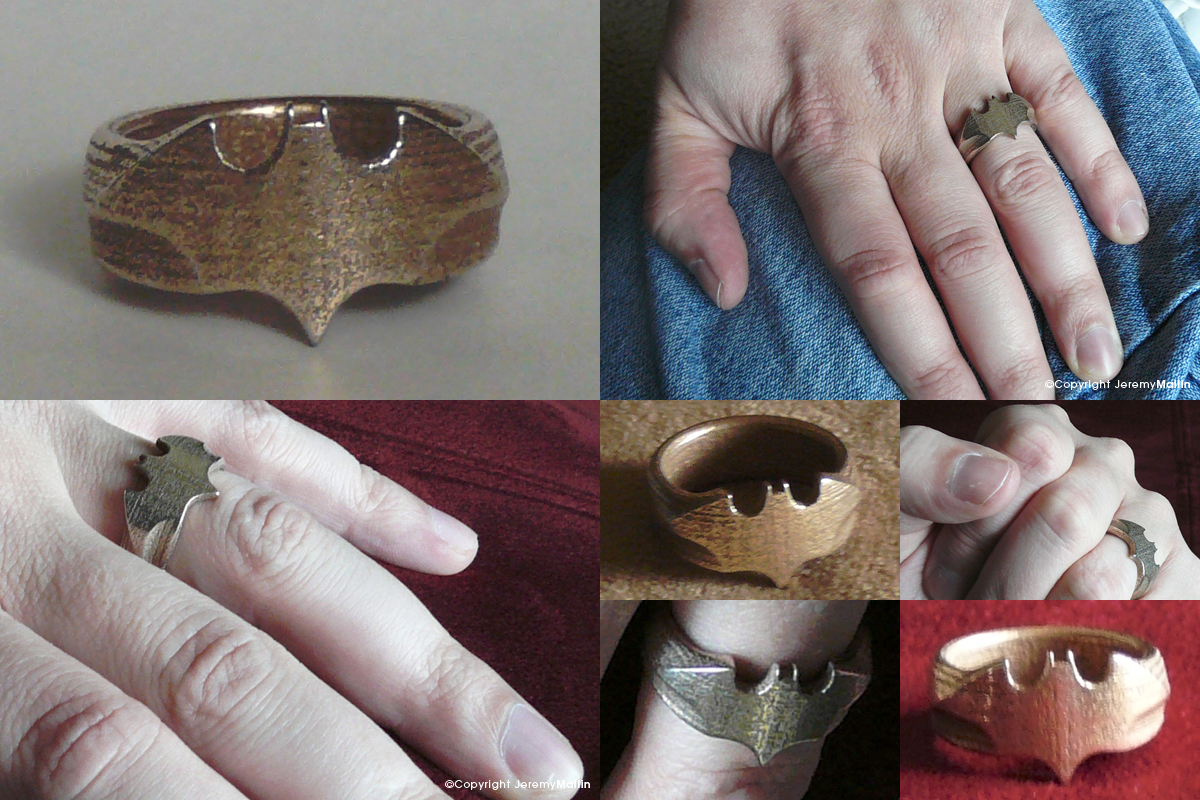 |
| My Very Own 3D Printed Product |
